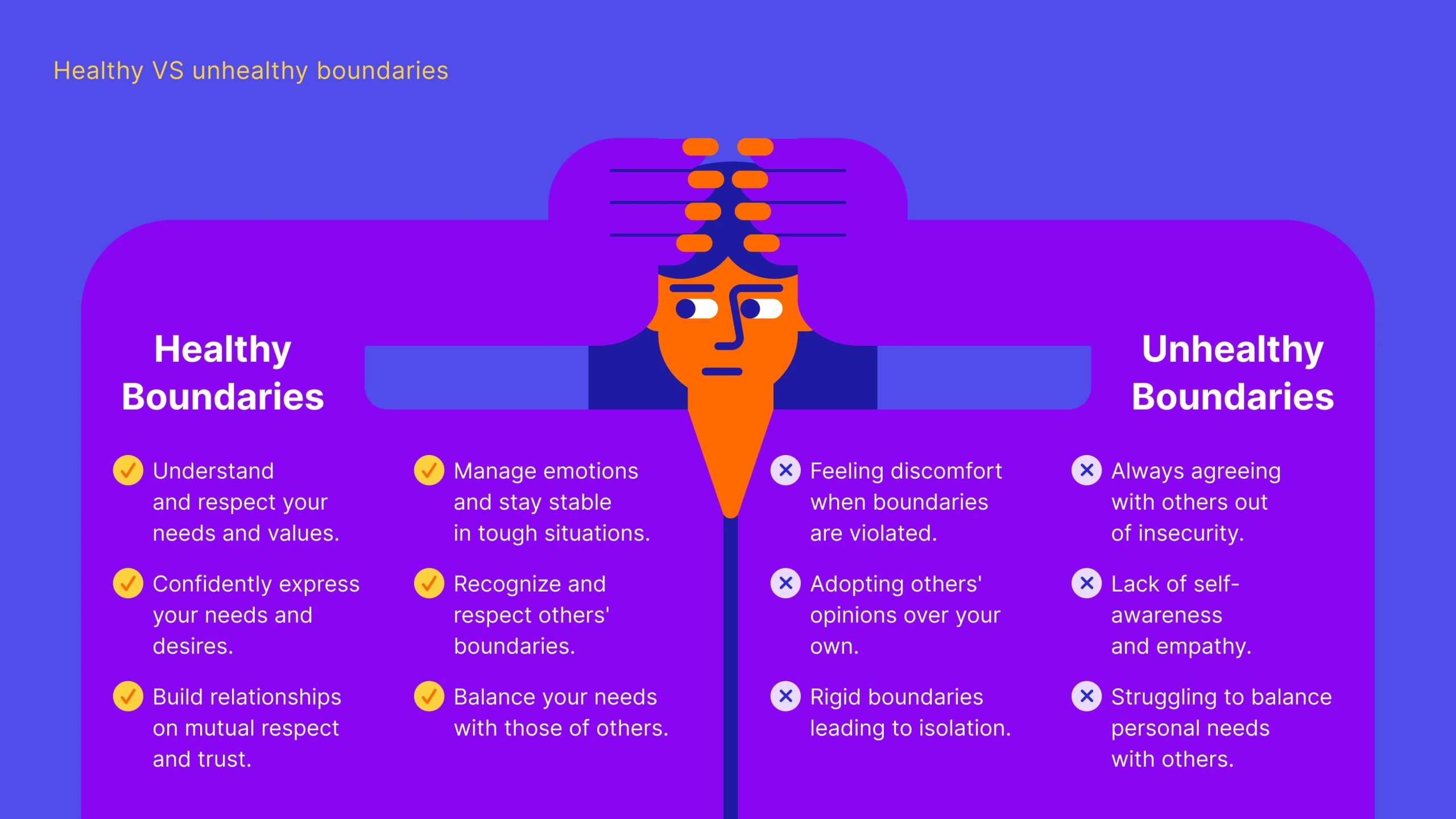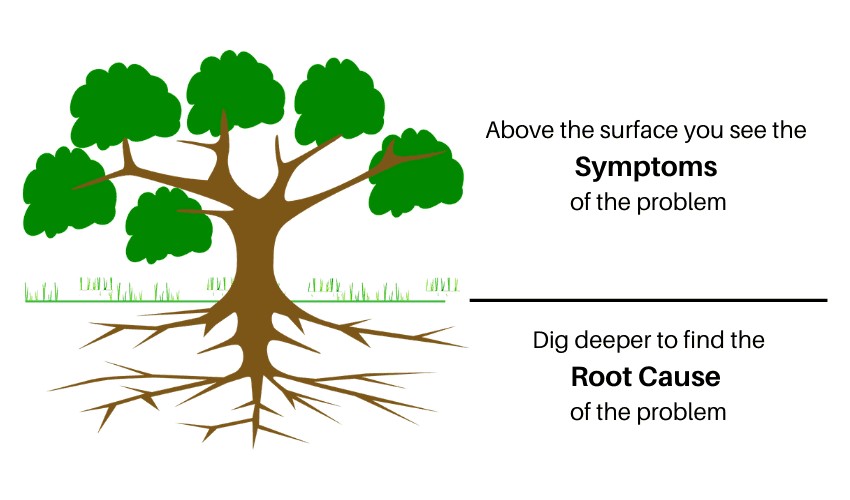Creating healthy boundaries around wellness is an essential yet often overlooked aspect of sustainable self-care. In a world where wellness is increasingly commodified and conflated with productivity, it’s easy to fall into patterns that blur the line between genuine self-support and performative health routines. For professionals navigating high-pressure environments, the challenge isn’t just finding time for wellness—it’s protecting that time and ensuring it serves its intended purpose. Boundaries are what transform wellness from a vague aspiration into a lived practice. They define the edges of your energy, your priorities, and your capacity, allowing you to engage with health in a way that’s both intentional and respectful.
The first step in establishing boundaries is recognizing that wellness is not one-size-fits-all. What nourishes one person may drain another, and what works in one season of life may not apply in another. This means letting go of rigid templates and tuning into your own needs. For example, if early morning workouts leave you exhausted rather than energized, it’s worth questioning whether that routine is serving you or simply mimicking a trend. Boundaries begin with self-awareness. They require you to ask not just what you’re doing for your health, but why—and whether it’s aligned with your values and goals. In business, alignment drives strategy. In wellness, it drives sustainability.
Once you’ve clarified your needs, the next challenge is protecting them. This often involves saying no—to overcommitment, to comparison, and to the pressure to optimize every aspect of your life. It might mean declining a social event to prioritize rest, or setting limits around work hours to preserve time for movement or reflection. These decisions can feel uncomfortable, especially in cultures that equate busyness with worth. But boundaries are not barriers—they’re frameworks. They help you allocate energy where it matters most and prevent burnout before it begins. Just as organizations use policies to safeguard resources, individuals can use boundaries to safeguard wellbeing.
Communication plays a critical role in boundary-setting. Articulating your wellness needs to others—whether it’s a manager, a partner, or a friend—creates clarity and reduces friction. It’s not about demanding accommodation; it’s about fostering understanding. For instance, letting your team know that you don’t check emails after a certain hour helps reinforce your commitment to recovery and sets expectations. These conversations don’t need to be dramatic—they need to be consistent. In leadership, clear communication builds trust. In personal health, it builds respect. When others understand your boundaries, they’re more likely to honor them.
Boundaries also apply to the internal dialogue you maintain. The voice in your head that pushes for more, critiques your efforts, or compares your progress to others can undermine even the most well-intentioned wellness practices. Creating boundaries around self-talk means cultivating compassion and challenging perfectionism. It means recognizing that rest is productive, that progress is non-linear, and that your worth is not tied to how many steps you took or how clean your meals were. This internal boundary is perhaps the most powerful—it shapes how you experience wellness and whether it feels like a source of nourishment or a source of pressure.
Technology is another area where boundaries are essential. Wellness apps, trackers, and digital communities can offer support, but they can also become sources of stress. Constant notifications, data overload, and comparison can shift the focus from intuition to metrics. Setting boundaries around digital wellness tools—such as limiting screen time, turning off alerts, or choosing analog alternatives—can help restore balance. In business, tech is used strategically to enhance performance. In wellness, it should be used strategically to enhance wellbeing. The goal is not to eliminate tools, but to ensure they serve you rather than distract you.
Social boundaries are equally important. Wellness is often influenced by the people around you—their habits, their expectations, and their opinions. Creating boundaries in this space might mean distancing yourself from conversations that promote unhealthy comparison or setting limits around shared routines that no longer serve you. It might also mean seeking out relationships that support your goals and values. In professional environments, culture shapes behavior. In personal wellness, community shapes experience. Surrounding yourself with people who respect your boundaries reinforces your commitment and makes it easier to stay aligned.
Flexibility is what makes boundaries sustainable. They’re not rigid rules—they’re adaptive agreements. Life will shift, and your wellness needs will shift with it. Being willing to revisit and revise your boundaries ensures they remain relevant. For example, during a high-stress period, you might need more solitude and less social engagement. During a creative burst, you might need more movement and less structure. These adjustments are not failures—they’re reflections of responsiveness. In business, agility supports innovation. In wellness, it supports resilience.
Ultimately, creating healthy boundaries around wellness is about honoring your humanity. It’s about recognizing that health is not a checklist—it’s a relationship. Boundaries help you protect that relationship, ensuring it remains rooted in care rather than control. They allow you to engage with wellness in a way that feels authentic, sustainable, and deeply personal. And when approached with clarity and compassion, they become not just tools for self-care, but foundations for a life that feels whole, intentional, and well-lived.





